Review: Blu Vivo XI+
Lock Screen
I wish Blu put a bit more effort into the lock screen. The Vivo XI+ does not include an active/ambient display feature. Nothing appears on the black screen at all. Notifications will cause the notification LED above the display to blink, but that is as far as Blu goes. Many other mid-range phones, such as those from Motorola, offer "active" displays that do more when the phone is idle.
Press the lock screen button to wake the display and view the time and notifications. The clock/date widget is rather small and crammed down against the bottom of the screen. It can be hard to see, depending on how you're holding the phone. Notifications fill up in the center of the screen. The only available shortcut takes you to the camera.
The fingerprint reader works very well. It was a breeze to train multiple prints, each of which was able to unlock the phone consistently and quickly. The reader is the quickest, most convenient way to unlock the phone.
The Vivo XI+ also includes what Blu calls Face ID. It uses a combination of tools to identify you, including infrared and iris detection. With this tool activated, the phone will wake when you raise it and, if it recognizes your mug, unlock automatically. The phone defaults to using the face scan, but if it can't recognize your face quickly enough it looks at your irises. It works fairly quickly, but can be a hair slower than the fingerprint reader. It's more secure than a simple picture ID would be. This can be convenient for when you don't want to use your finger to secure the phone.
Home Screens
Blu ships the Vivo XI+ with Android 8.1 Oreo, which I appreciate. The experience is mostly standard Android as designed by Google, but there are a few Blu flourishes throughout.
The home screen panels behave like the majority of Android devices. You can populate them with any arrangement of apps, shortcuts, actions, and widgets.
The app drawer, settings menu and Quick Settings / notification shade deliver a standard Android experience. They are dressed up with Blu's fonts and colors, but the functionality is the same.
You can change the font size, but not the size of icons. App icons and shortcuts look comically large on the home screens. You can, however, adjust the grid (4x5, 5x5, etc.) to add more content to the home screen if you want.
Blu added some gestures to the phone's user interface. First, owners can turn on a “glove mode” to ensure the screen works when wearing gloves. With this mode on, users can further choose to enable a handful of gestures that open various apps or function when drawing patterns.
Blu opted for a MediaTek Helio P20 processor with eight cores clocked at 2.0 GHz. This processor is a higher-end, mid-range chip (comparable to Snapdragon 600 series) that was first released in 2016. Blu is being generous with the memory and storage. The phone ships with 6 GB of RAM and either 64 GB or 128 GB of storage. I found the phone ran swiftly. The majority of apps opened in a blink, and screen transitions were liquid-like. The processor and memory combo deliver plenty of power to keep things humming along smoothly.
Camera
The quickest, most reliable way to open the camera is to double-press the screen lock button. It opens in under a second.
The main viewfinder is busy with features. A strip of basic toggles/controls lines the far left side of the screen, while the core shooting modes are listed next to the shutter buttons on the right side. Much like the iPhone and Galaxy camera apps, the main shooting modes are accessed by swiping the entire viewfinder one way or the other.
The main shooting modes include photo, video, night, backlight, face beauty, panorama, and group selfie. Then there are the ancillary shooting modes, accessed via a button on the left side of the viewfinder, which include time-lapse, slow motion, and professional.
The professional (AKA manual) mode allows you to adjust focus, shutter speed (up to 12 seconds), white balance, ISO, and exposure. These tools are easy to manage thanks to rotating dials that appear on the screen. I like that you can open all the dials at once.
The group selfie tool is sort of like a panorama. It requires you to take several pictures rather than just a single wide-angle shot. The software walks you through the process.
A standard set of filters is available if you want. A portrait function is also on board for taking shots with blurred backgrounds. I like that you can adjust the level of background blur before you take the picture. It's relatively easy to use, but still takes a little practice.
In all, the camera offers a lot of features, in an interface that I wish was slightly less crowded with toggles, buttons, and sliders. It runs quickly.
Photos/Video
The Vivo XI+ has two cameras on back and one on the front.
On the rear you'll find a 16-megapixel / 5-megapixel combo. The secondary sensor is there to help with contrast, exposure, focus, and the portrait effect. The bulk of photos I shot with the Vivo XI+ look very good. This phone isn't going to challenge the Galaxy Note9 or iPhone X, but it does a fine job considering the price point. Photos are in focus, properly exposed, and exhibit accurate white balance. I did notice a minor amount of grain on shots taken indoors, but nothing egregious. It really does quite well.
Photos taken with the advanced modes are serviceable. The portrait tool will really blur out the background to make your subject pop, but the line between subject and background is often fuzzy, at best.
The 16-megapixel selfie camera, which includes a screen-based flash, does a decent job, as well. I liked that it captured skin tones accurately, but I wish focus were sharper.
Both the front and rear cameras include a beauty effect tool. It lets you smooth out wrinkles and minimize moles and other blemishes. It's easy to turn yourself into a clown if you go too far.
On the video front, the Vivo XI+ captures the standard 1080p full HD at 30 frames per second. The results are in line with other phones at this price point, which is to say fine for the most part.


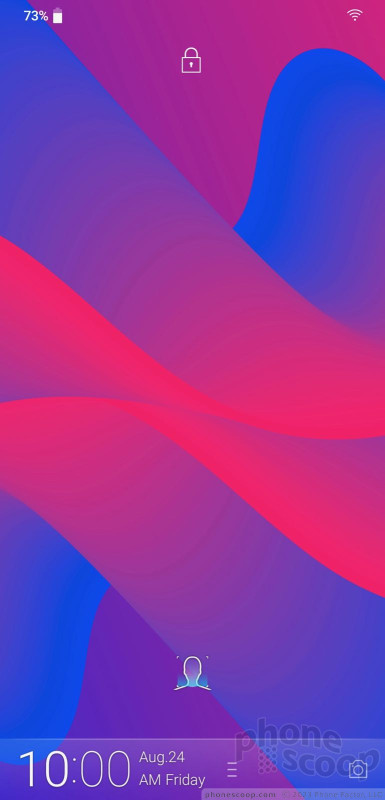













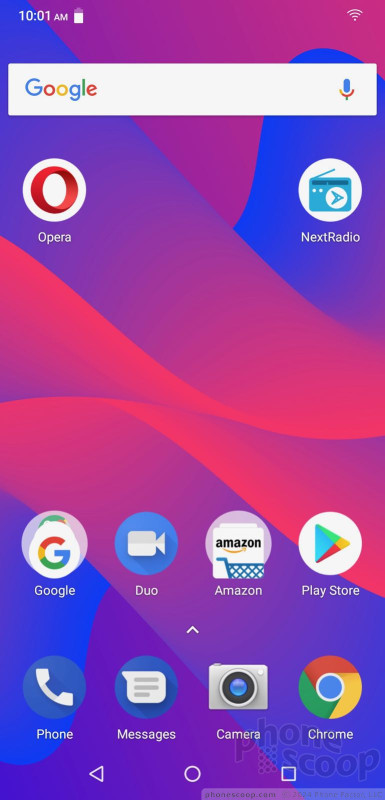










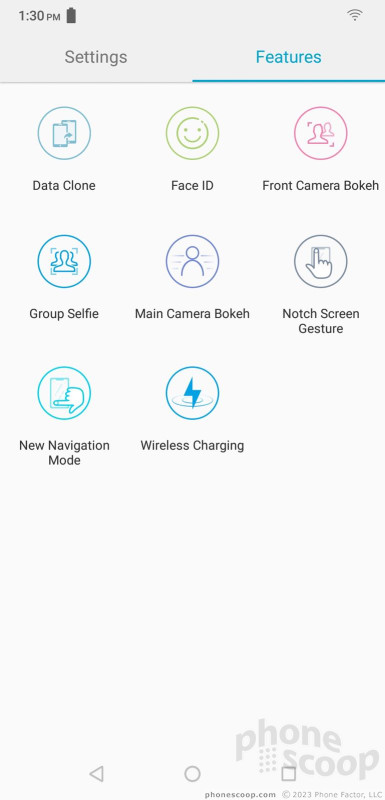










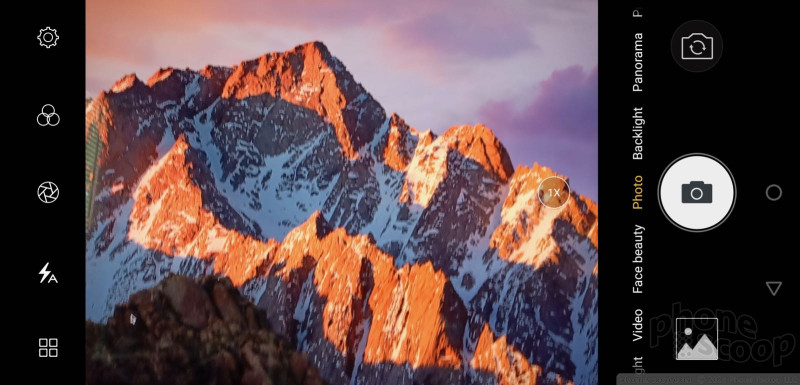







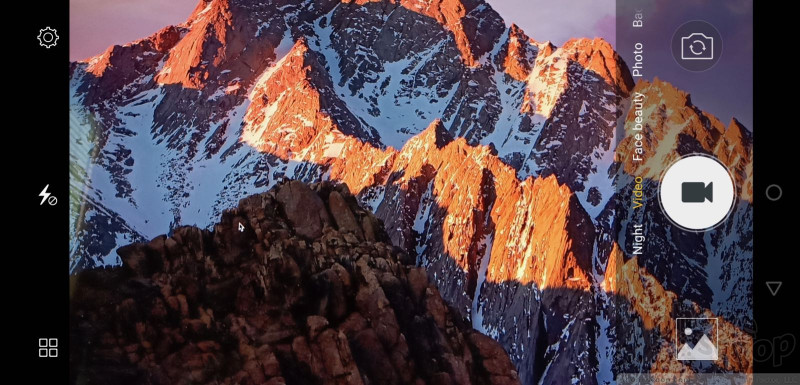




















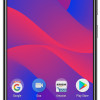 Blu Debuts Vivo XI+ Flagship with Liquid Design
Blu Debuts Vivo XI+ Flagship with Liquid Design
 iPhone 15 Series Goes All-In on USB-C and Dynamic Island
iPhone 15 Series Goes All-In on USB-C and Dynamic Island
 Samsung Puts its Best Camera Yet in the Galaxy S23 Ultra
Samsung Puts its Best Camera Yet in the Galaxy S23 Ultra
 BLU Vivo XI+
BLU Vivo XI+



